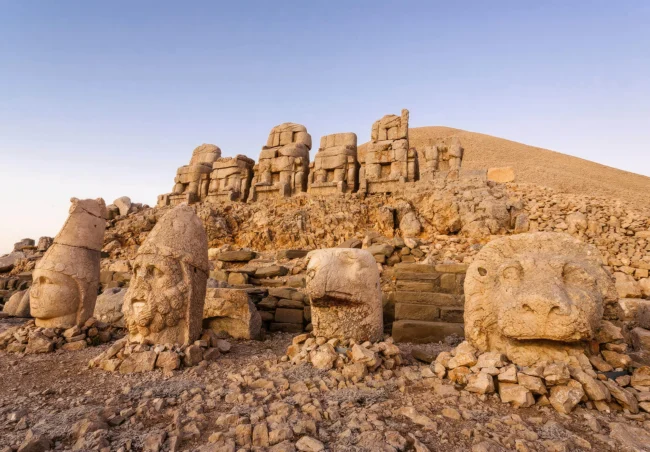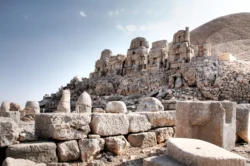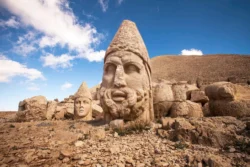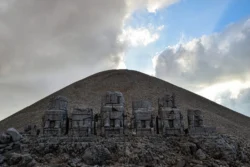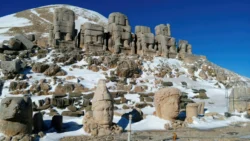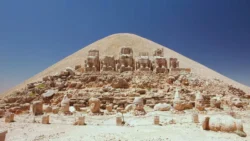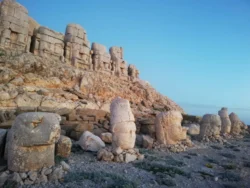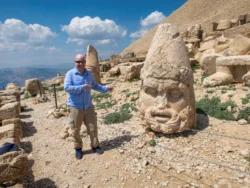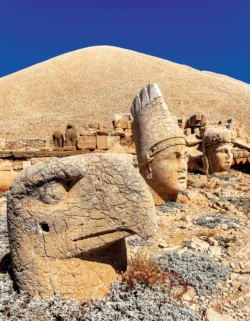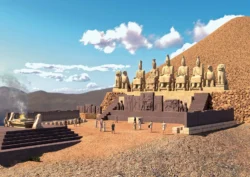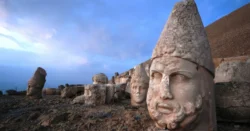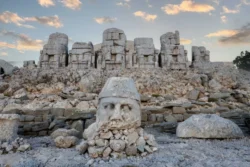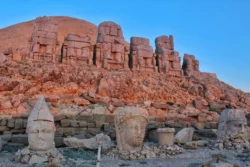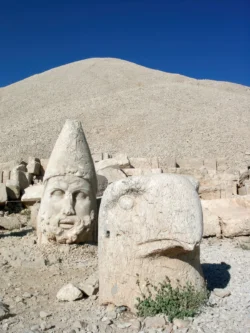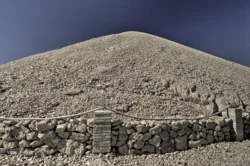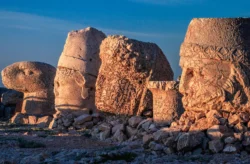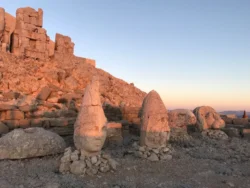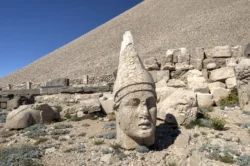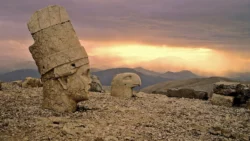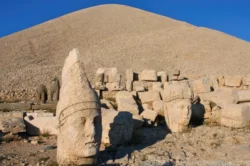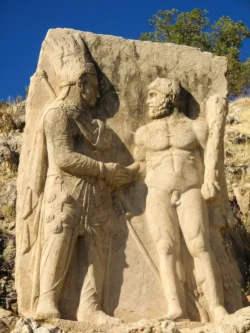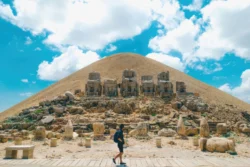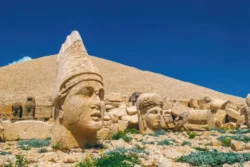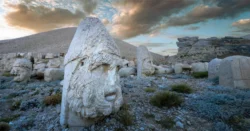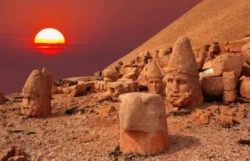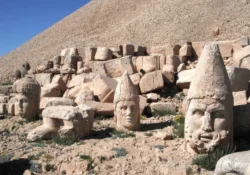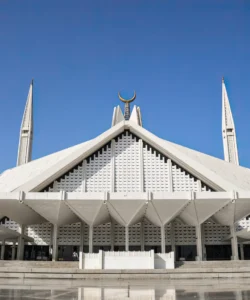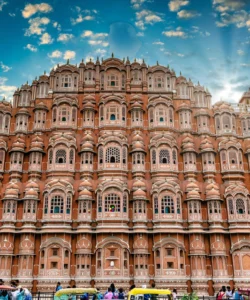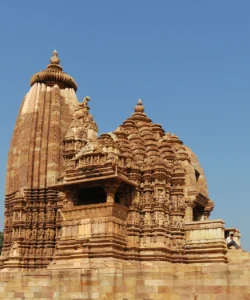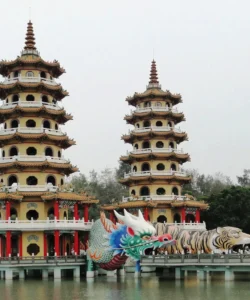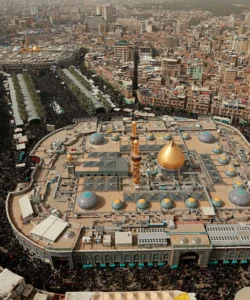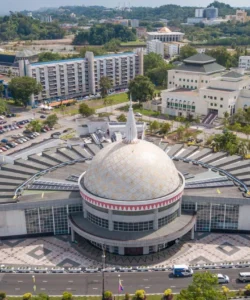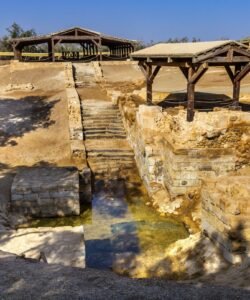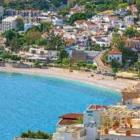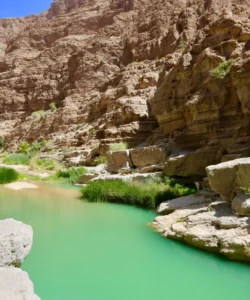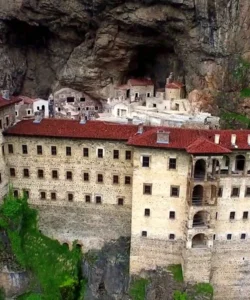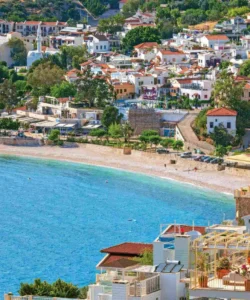Mount Nemrut (also known as Nemrud Dağı) is a 2,134-meter-high (7,001 ft) mountain in southeastern Turkey, famous for its summit adorned with colossal stone statues. These statues are part of a 1st-century BCE royal tomb-sanctuary (hierothesion) built by King Antiochus I of Commagene. This UNESCO World Heritage Site offers a unique blend of Hellenistic and Persian cultures, set against a breathtaking mountainous landscape.
Listen to an introduction about Mount Nemrut
Name and Address
- Name: Mount Nemrut (Turkish: Nemrut Dağı)
- Address: Adıyaman Province, southeastern Turkey, approximately 40 km (25 miles) north of Kahta.
How to Get There
Visiting Mount Nemrut typically involves traveling to a nearby city and then arranging transport to the mountain.
- By Air: The closest airport is Adıyaman Airport (ADF), with domestic flights from major Turkish hubs like Istanbul and Ankara. Malatya and Şanlıurfa also have airports, though they are further away.
- By Road: From Adıyaman, you can rent a car, take a taxi, or join an organized tour. The drive from Adıyaman to Mount Nemrut is about 1 hour and 15 minutes. The road leading up to the upper car park is paved but can be winding and dark if traveling for sunrise/sunset.
- On-Site: From the upper car park, a hike of about 30-40 minutes on a paved path leads to the summit terraces. It’s highly recommended to visit at sunrise or sunset for the most dramatic views and photographic opportunities. Be prepared for cold temperatures at the summit, even in summer, and bring water. An entrance fee is required.
Landscape and Architecture
Mount Nemrut is an extraordinary archaeological site where monumental art is dramatically integrated with a natural mountain landscape. The “architecture” is primarily the hierothesion of King Antiochus I, a testament to his ambition and the syncretic culture of Commagene.
- Colossal Statues: The summit features two main terraces (East and West) where enormous seated statues of King Antiochus I himself, along with various composite Greek and Iranian gods (such as Zeus-Oromasdes, Apollo-Mithras-Helios-Hermes, and Heracles-Artagnes-Ares), two lions, and two eagles are erected. These statues originally stood 8-9 meters (26-30 ft) high. Over time, many of the heads have toppled from their bodies and now rest on the ground in front of them, creating an eerie and iconic scene.
- Tumulus: At the very center of the terraces is a massive, conical tumulus (burial mound) of crushed rock, approximately 50 meters (164 ft) high and 150 meters (492 ft) in diameter. It is believed to conceal the royal tomb of Antiochus I, though the tomb itself has never been definitively located.
- Terraces and Reliefs: The East Terrace is the sacred center, with larger, more intact statues, while the West Terrace offers stunning views, especially at sunset, and contains various stone reliefs, including the famous Lion Horoscope, an astronomical chart believed to mark the monument’s construction date.
- Cultural Fusion: The statues’ faces often exhibit Greek artistic influence, while their clothing and accessories bear Persian characteristics, reflecting the unique blend of Hellenistic and Persian cultures in the Kingdom of Commagene.
- UNESCO World Heritage Site: Mount Nemrut was inscribed on the UNESCO World Heritage List in 1987, recognized for its unique artistic achievement and the transformation of the natural mountain into a monumental architectural complex.
What Makes It Famous
- Colossal Heads: The iconic, toppled stone heads of gods and kings are instantly recognizable and have become a symbol of ancient Anatolian history.
- Royal Tomb-Sanctuary: It is the monumental hierothesion of King Antiochus I, built to immortalize himself and honor the gods, showcasing an unparalleled example of a ruler’s deification.
- Cultural Synthesis: The site is a prime example of the Hellenistic period’s cultural syncretism, blending Greek and Persian religious and artistic traditions.
- Astronomical Alignments: Some researchers believe the site’s layout and the Lion Horoscope incorporate astronomical alignments, suggesting an advanced understanding of the heavens.
- Breathtaking Views: Its high altitude offers spectacular panoramic views of the surrounding Taurus Mountains and valleys, especially at sunrise and sunset, making the journey itself part of the wonder.
Differences from Some Other Wonders
- Mountain-Top Hierothesion: Unlike most ancient wonders which are built on plains or at lower elevations (e.g., the Pyramids, Temple of Artemis, Ephesus), Mount Nemrut is a monumental tomb-sanctuary constructed on a high mountain peak, making its location and the effort involved in its creation truly unique.
- Toppled Heads as a Feature: While many ancient sites suffer from destruction, the dramatic arrangement of the toppled colossal heads in front of their bodies has become an intrinsic and famous characteristic of Mount Nemrut, rather than just a sign of ruin.
- Focus on a Deified King: While the Mausoleum at Halicarnassus was a tomb for a ruler, Mount Nemrut goes further in its explicit deification of King Antiochus I, presenting him on par with the gods through equally colossal statues.
- Blend of Eastern and Western Iconography: The distinct fusion of Greek and Persian artistic styles in the statues is a defining feature, showcasing a cultural synthesis that is less pronounced in other ancient wonders which tend to be more purely Hellenistic, Roman, or Egyptian.
Mount Nemrut Photos:
